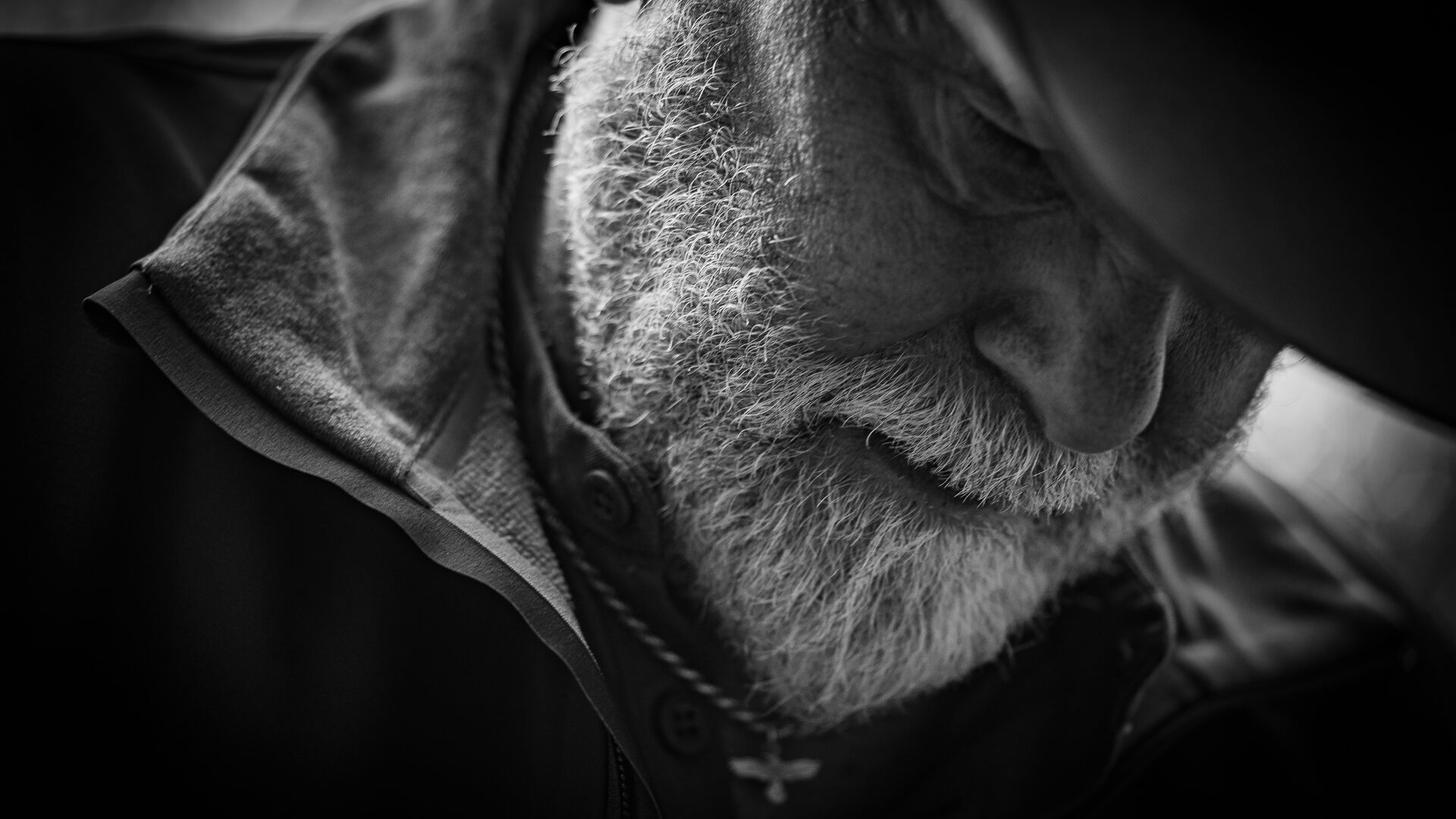

If you were going to write a book about big game hunting – a big book about big game hunting – how would you know what to include? If you’d hunted all over the world, for all sorts of big critters, with all sorts of rifles, you’d have the experience to author such an encyclopedia. If you were one of the most prolific writers on the subject you’d also know what to write about, partly because answering correspondence from your many readers teaches you what they want to know.
For example, did you know the “early season hunting of plains whitetails often involves mule deer tactics.” Or that “Almost anything in Africa is negotiable.” and “the biggest complaints of many PH’s are that Americans shoot too slowly, and don’t know how to shoot offhand, even when resting their rifle over shooting sticks.” I also bet you did not know that, “…some 21st century elk hunters actually choose to use smaller cartridges and cup and core bullets on elk.” or that the bonding of a bullet, “… does NOT guarantee exceptionally high weight retention, or deep penetration.”
I’ll bet that you, like many hunters who hunt on their hind legs instead of their ass, appreciate the limited heft of lightweight rifles. Some also struggle getting those rifles to shoot from the bench. Did you know that really lightweight rifles, “tend to shoot more accurately when using an even softer rest than the typical sandbag.” and that a common bath towel might just improve your groups.

This of course is just a sampling of the tidbits you’ll find in The Big Book of Big Game Hunting. And, as is often the case with any endeavor, little things like these matter. This book deals with lots of little and big things as they relate to big game hunting, and they’re the things Barsness has found big game hunters want to know, because they’re the answers to questions he’s been answering for years.
I’ve spent time in the field with John Barsness shooting prairie dogs, black bear, and mule deer, in Montana. We’ve hunted whitetails in West Virginia and Texas, and fallow deer in Ireland. I’ve watched him masterfully work a fly rod in the Deschutes River of Oregon, and seen him just as skillfully run a rifle in New Zealand. However, I’ve spent much more time reading the words he’s written; words I trust because I know they’re based on experience as opposed to speculation.
However, Barsness is no Jack O’Connor; he’s better. Better for me because his writing style reflects the passion of a workingman who practically lives off the wild game he and his wife have taken. He’s no Townsend Whelen either, because he has much more big game hunting experience. And, Barsness is no Elmer Keith because he knows what punctuation, alliteration, and declarative sentences are.

I learn stuff when I read Barsness because the lessons are craftily hidden in stories that are enjoyable to read. They come across as sharp and clear as peeing on an electric fence, but with the refreshing smoothness of a gin & tonic at an African campfire. After you read The Big Book of Big Game Hunting you’ll look at big game hunting in a different way because you will know more about it. Then, you will probably order The Life of the Hunt, which is one of the five best hunting books ever written. When you do, tell John a hillbilly sent you, and he might even write an exceptionally snide comment inside the front cover.


